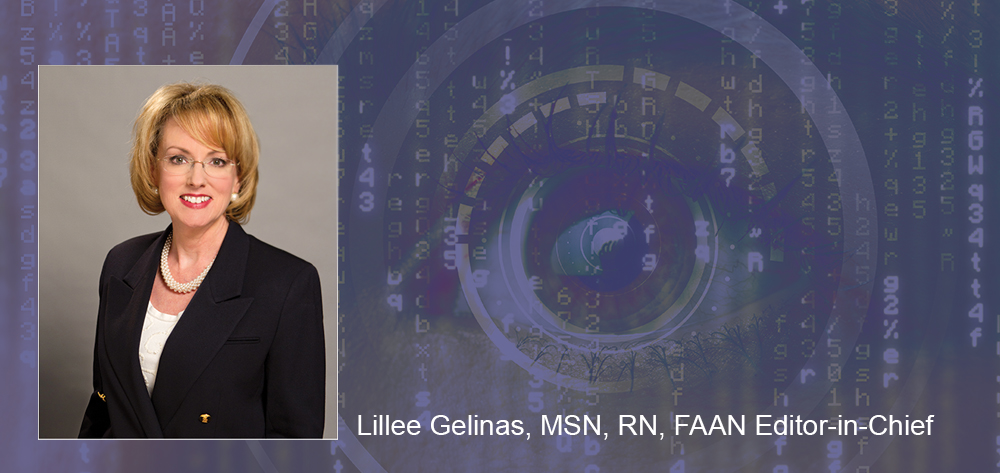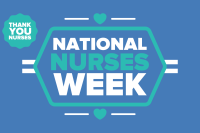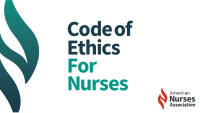In my December editorial, I discussed dress codes for nurses and why they matter. In response, several readers asked me if I’d consider writing a series of editorials with the theme “Why it matters to nursing”— “it” referring to any of a wide range of nursing-related topics. This idea seemed like a great way to start off the new year, so here we go.
Recently, a group of staff nurses asked me what I think about all the time nursing professionals are spending on data collection and why metrics are important to staff nurses. Report cards, scorecards, and results dashboards are tools not just for nursing leaders but also for staff nurses who serve on shared governance committees. Data on clinical performance are crucial to decision making.
But which metrics, which results, are the most important for nursing? We’ve spent more than 15 years trying to answer this question. Are we any closer to knowing the answer? This is a great topic to address in this space, especially given the conference theme for ANA’s Quality, Safety and Staffing Conference to be held March 9-11 in Lake Buena Vista, Florida—“Connecting Quality, Safety and Staffing to Improve Outcomes.” Here are a few of my thoughts on why metrics matter; in the spirit of crowdsourcing, please let me know yours.
If we’re tasked to measure nursing’s results, let’s first define nursing
Patients and their families view nursing care as an essential component of person-centered care. As nurses, we all agree. I often refer to Virginia Henderson, a nursing researcher, theorist, and author who is best known for her definition of nursing: “The unique function of the nurse is to assist the individual, sick or well, in the performance of those activities contributing to health or its recovery (or to peaceful death) that he would perform unaided if he had the necessary strength, will, or knowledge.” Also known as the First Lady of Nursing, Henderson has been called “arguably the most famous nurse of the 20th century.” Actually, Henderson lived almost an entire century, from November 1897 to March 1996. I wish she were still here to weigh in on the topic at hand.
So if we all agree on the definition of nursing, what’s the problem? As I see it, the problem is that many people don’t know specifically how nurses contribute to clinical outcomes or person-centered care. In 1859, Florence Nightingale wrote that the elements of nursing are all but unknown. I see her statement reflected even now, 150 years later, because the work of nursing is still largely invisible and often misunderstood.
However, these facts aren’t debatable:
- Nursing is the largest healthcare profession in the United States.
- Nurses serve as the principal caregivers in hospitals and other care settings.
- Nursing labor is the single largest operational expense for most healthcare delivery systems.
- Nurses as individual caregivers are critical to optimal healthcare system performance.
What are the best metrics to measure?
We can’t measure everything, and gathering data can be costly. The idea of a balanced scorecard seems to make the most sense and has gained traction with the transition to value-based reimbursement. More and more, the same five key indicators, or buckets, are rising to the surface to demonstrate the impact of nurses and nursing care:
1. quality
2. safety
3. efficiency (as reflected by financial indicators, staffing, and labor costs)
4. patient experience
5. employee experience.
As we continue to debate metrics and how to more clearly define nursing beyond Henderson’s definition, I’m sure of this: Results matter, and nurses are critical to results.
A special note: 2016 matters to readers of American Nurse Today: October 2016 marks the publication’s 10th anniversary. Watch for highlights throughout the year as we mark a decade of bringing you information and insight that you can apply every day to help you excel in your career.
Lillee Gelinas, MSN, RN, FAAN
Editor-in-Chief
lgelinas@healthcommedia.com
Our Readers Respond: Click here to view a letter to the editor.


















